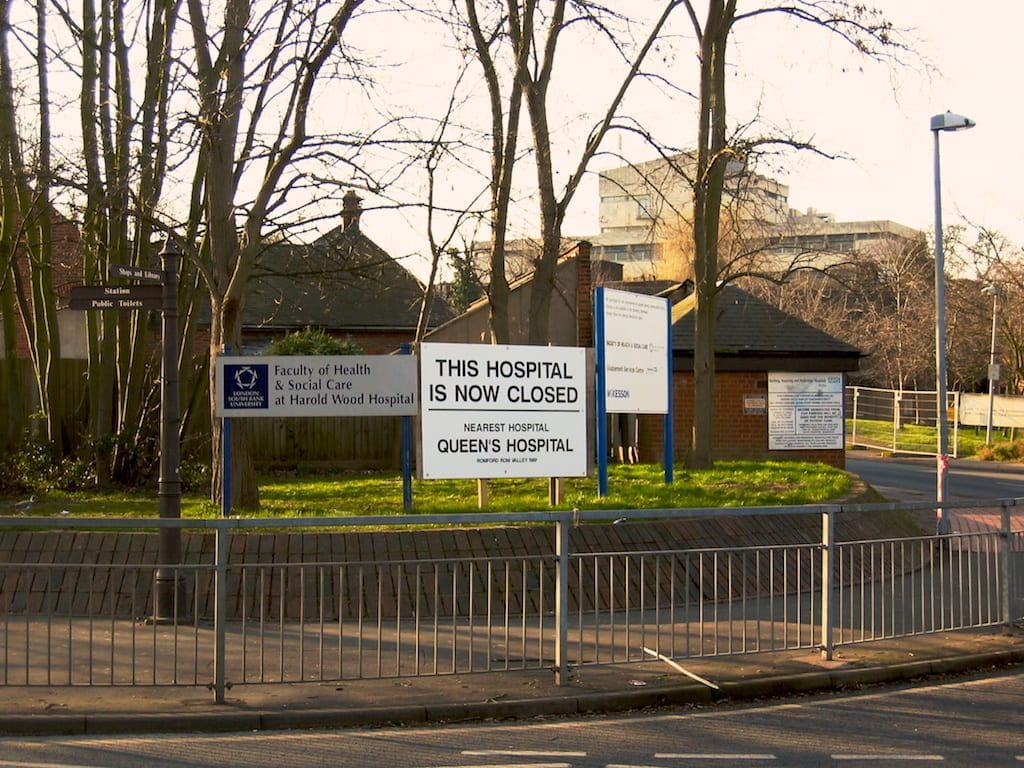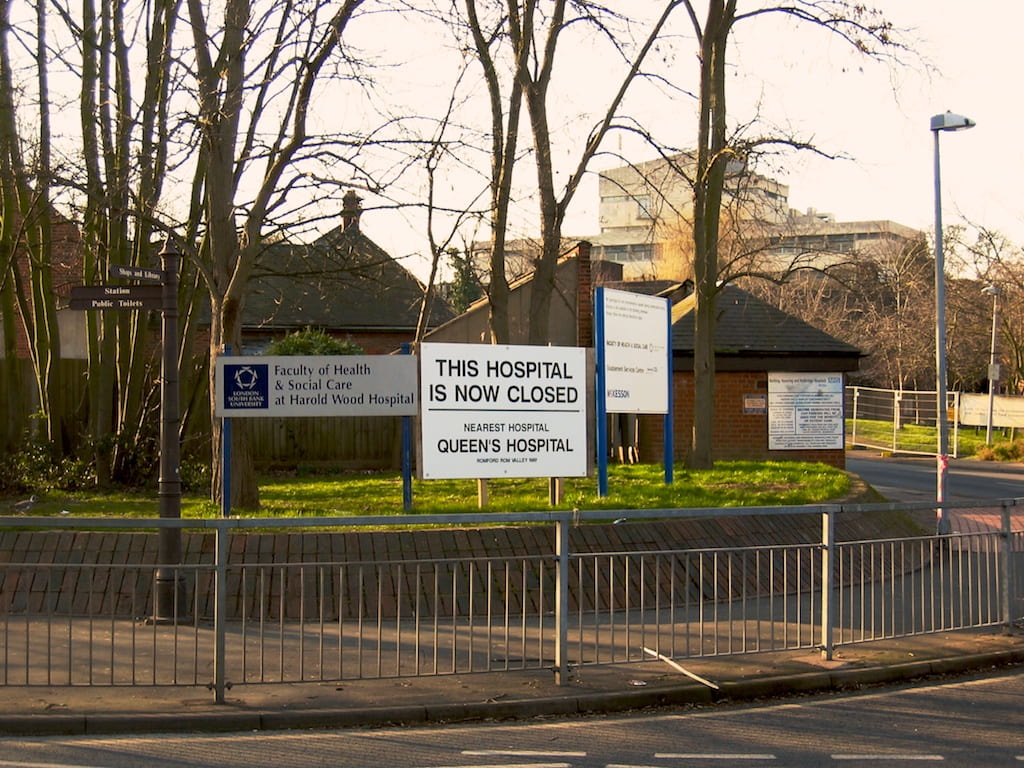
Access to healthcare is one of the biggest predictors of health. When someone has access to healthcare, they are more likely to seek treatment for and catch chronic diseases in early stages. This can greatly improve health outcomes and quality of life. However, when access to healthcare is restricted in any way, health outcomes and quality of life decrease, those who need consistent treatment may go without, and preventable deaths increase. Rural areas disproportionately face decreased access to healthcare, which greatly affects the health and productivity of these already disadvantaged areas.
Lack of Insurance
There are many barriers to healthcare that rural Americans face. First of all, there is a lack of insurance. This is mainly because insurance premiums are more expensive in rural areas than they are in urban areas. Urban areas have larger populations, which encourages more insurance companies to compete with each other, driving the costs of premiums down. Additionally, their larger population means the cost of medical expenses can be spread among more people. This also lowers premium prices. Because these two factors are not present in rural areas, they are left without affordable healthcare.
Additionally, many people in rural areas have incomes that fall in the gap between qualifying for Medicare and being able to afford private insurance. Medicare is available to specific low-income groups. In states that haven’t expanded Medicaid, the most common income limit for Medicaid eligibility is 43 percent of the Federal Poverty Line and childless adults are excluded regardless of income. These qualifications leave over 2 million adults in the United States uninsured. Insurance is important because it can help cover costs of healthcare which can otherwise become insurmountable. Those without insurance are less likely to seek healthcare, and when they do, it is typically worse quality than those with insurance receive. Additionally, when an uninsured individual does seek healthcare, the costs are sometimes too high and turn into medical debt. Since much of the rural population is uninsured, these problems plague many of them.
Closing Hospitals and Pharmacies
Those that do have insurance still face a bigger problem: many rural areas don’t have hospitals within a twenty-minute drive. 25 percent of those living in rural areas report that they have to drive at least 30 minutes to get to the nearest hospital. In fact, almost one in four rural Americans say access to adequate healthcare is a major issue for them. Additionally, many hospitals in rural areas are shutting down, leaving communities without the healthcare they are used to. Since 2010, there have been over eighty rural hospital closures, mainly in the southeast. These hospital closings have a devastating effect on the communities they were a part of. Mortality rates for accidents, heart attacks, strokes, and anaphylactic shock risedue to longer ambulance rides. Additionally, residents may be unable to attend routine appointments because of transportation limitations; much of the rural population is elderly, which restricts their ability to drive, and public transportation is less common in rural areas than urban areas. This also means that with the onset of troubling symptoms, residents of rural areas may wait longer to see a doctor because of the inconvenience.
Many rural areas also lack pharmacies, which can hurt those who rely on prescription drugs for good health. Even the rural communities that have hospitals may lack a pharmacist, and many of the pharmacies in rural areas are in danger of closing; many have already. This is due to higher costs of medications at rural pharmacies and lack of pharmacists in rural areas. This can have a devastating effect on residents, as many go periods of time without their prescriptions—like Insulin or medication for depression— until they can get to the nearest pharmacy. Additionally, pharmacists in rural areas are helpful in educating the community on when they can use over-the-counter meds and when patients should see a doctor.
But why are hospitals and pharmacies closing? They have few patients, many uninsured, and they are greatly affected by states’ refusal to expand Medicaid. Medicaid expansion, which 14 states have not ratified, would close the gap between those that qualify for Medicaid and those that can pay for private insurance. As discussed previously, those with insurance are more likely to seek medical care, which would bring more business—and therefore, funding—to hospitals and pharmacies, making them less likely to close. Additionally, they lack the staff required to stay open. 99 percent of students in their last year of medical school report they plan to live in communities with over 10,000 residents. Without a staff, a hospital cannot stay open.
Lack of Specialists
In many rural areas, including those with hospitals, there’s a lack of specialists, like oncologists and OB/GYNs among others. Specialists typically work in large hospitals that have adequate resources, so they tend to reside in cities. This means that those with specialized needs often have to drive to the nearest city to receive care. Traveling can pose a problem to many rural Americans as many of them are older, but this also affects many younger rural inhabitants as they may not have the time off from their jobs to drive hours to receive specialized care. This leaves many without treatment that they need and worsens health outcomes. This is especially concerning considering many rural communities have higher rates of diseases than urban communities do. Specifically, “rural African Americans have higher rates of cancer morbidity and mortality than other rural residents and have higher rates of comorbid conditions” according to Robin Warshaw from the Association of American Medical Colleges. Rural African Americans also have higher rates of disease than urban African Americans. This makes the fact that specialists are not easy to access even more concerning, especially considering they are the largest rural minority. Minorities in general have less access to healthcare, and living in an area that doesn’t have easy access to healthcare in general can exacerbate this issue.
Low Health Literacy
The healthcare system is complex, which means that patients have to work to understand what care they need and when they need it. The ability to do so is called health literacy. Studies have shown that health literacy is important to health outcomes. The higher level of health literacy a person has, the more likely they are to seek out preventative care, such as screening tests and immunizations, that can catch diseases in early stages or prevent them altogether. If a patient doesn’t understand what the doctor tells them, they are less likely to be comfortable enough to seek care. Additionally, higher health literacy rates make it easier to understand how to manage existing conditions. In addition to less access to healthcare, rural Americans have lower health literacy, which compounds their health problems. However, because rural citizens are less likely to have access to health care, it is especially important for them to have high health literacy, which can be attained by using programs that work to educate patients and clinicians on the importance of patients having an active role in their healthcare.
Solutions
Rural healthcare in America is a big problem, but it can improve. In addition to the health literacy programs, there are many solutions to close the gap in healthcare between rural and urban areas. While the common medical school experience trains students for work in populated areas, a consortium of 32 medical schools has created a rural healthcare track with their medical schools. This not only puts more doctors in rural areas, but also trains them for rural areas’ specific health needs. While the program is too new to see a significant increase in rural healthcare professionals, the majority of students who have gone to residency have stayed in rural areas and are studying specialties that are in much needed in rural areas. Additionally, there are many scholarships for those planning on practicing medicine in rural areas, further encouraging medical students to practice in areas in need of doctors.

